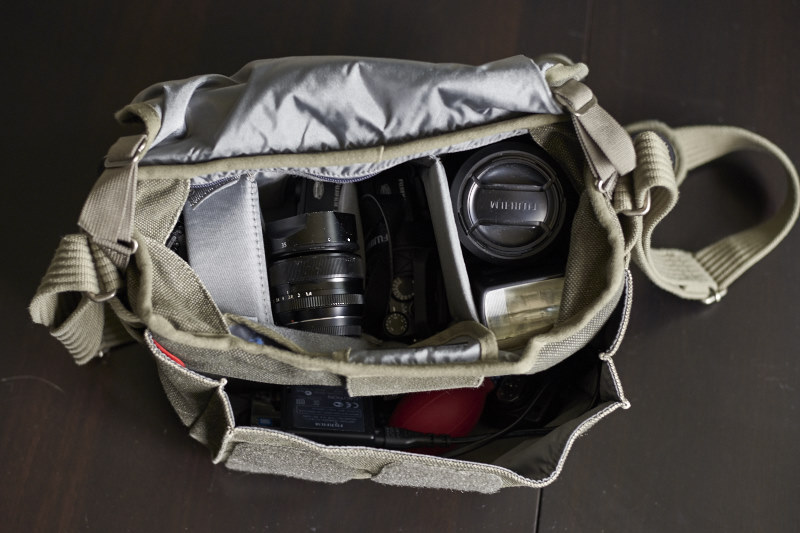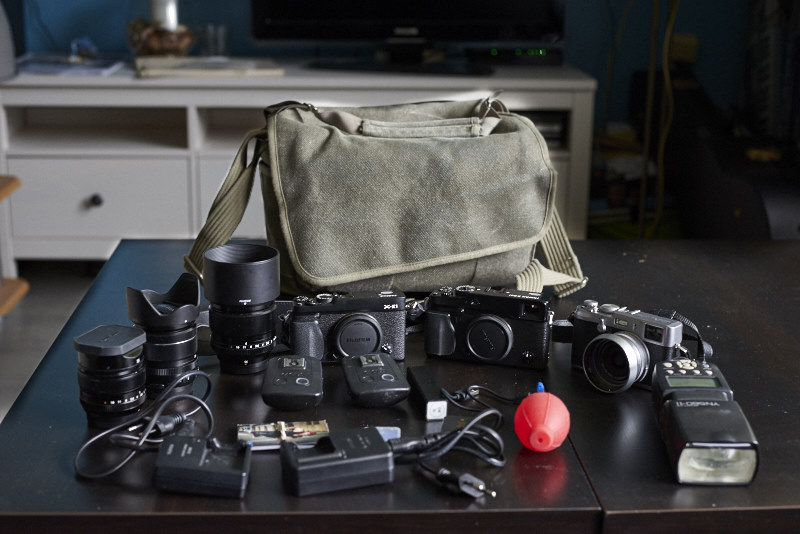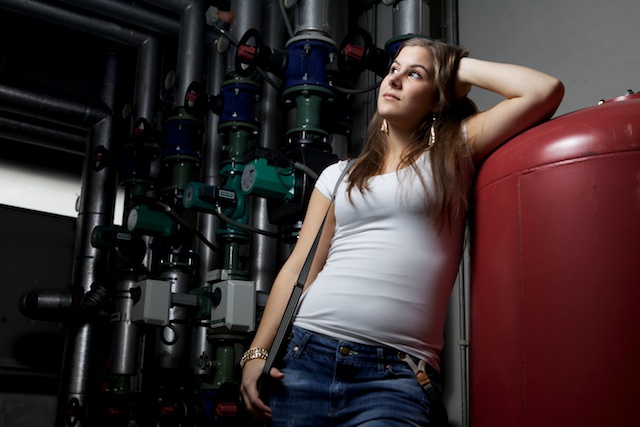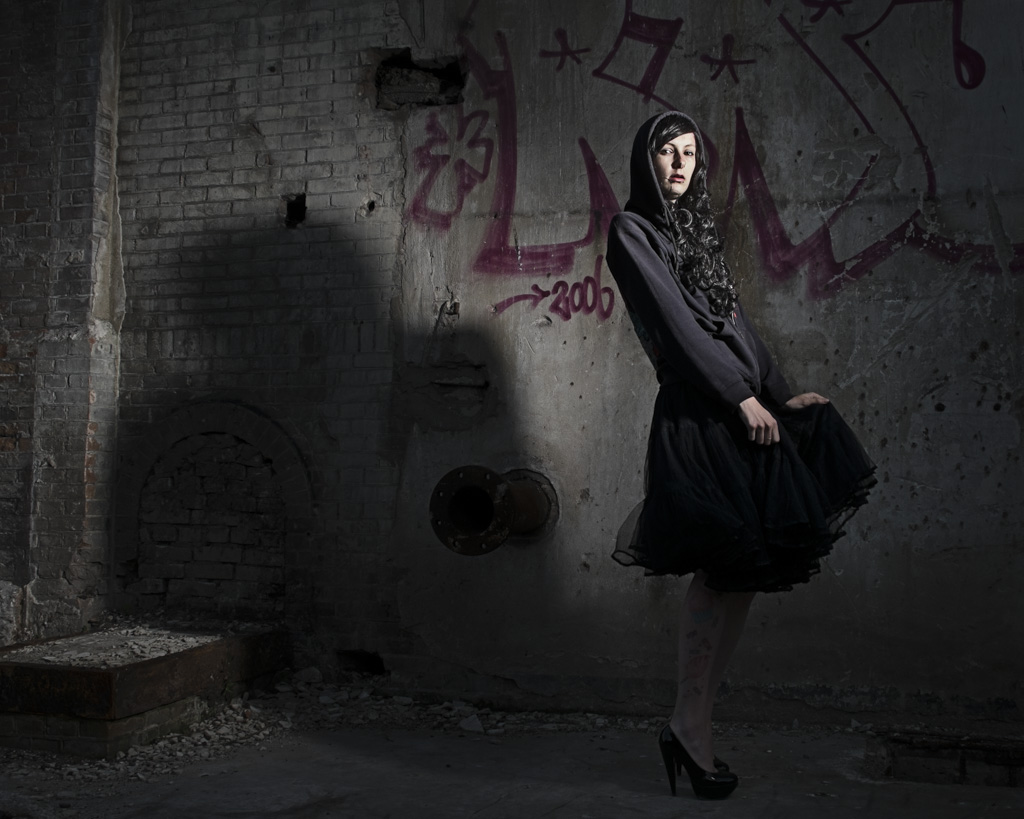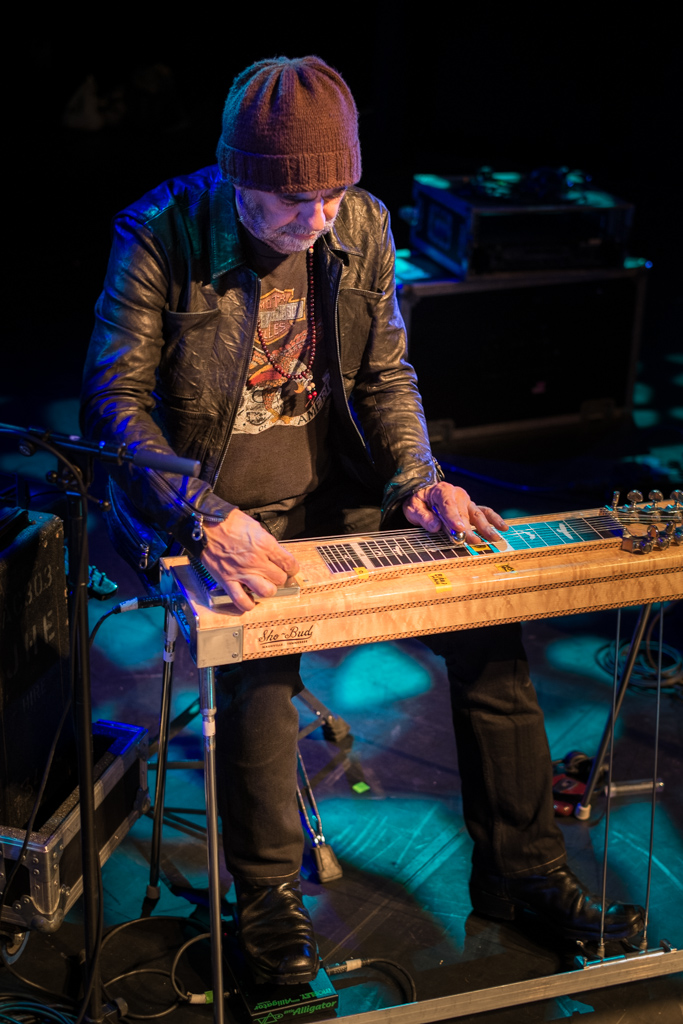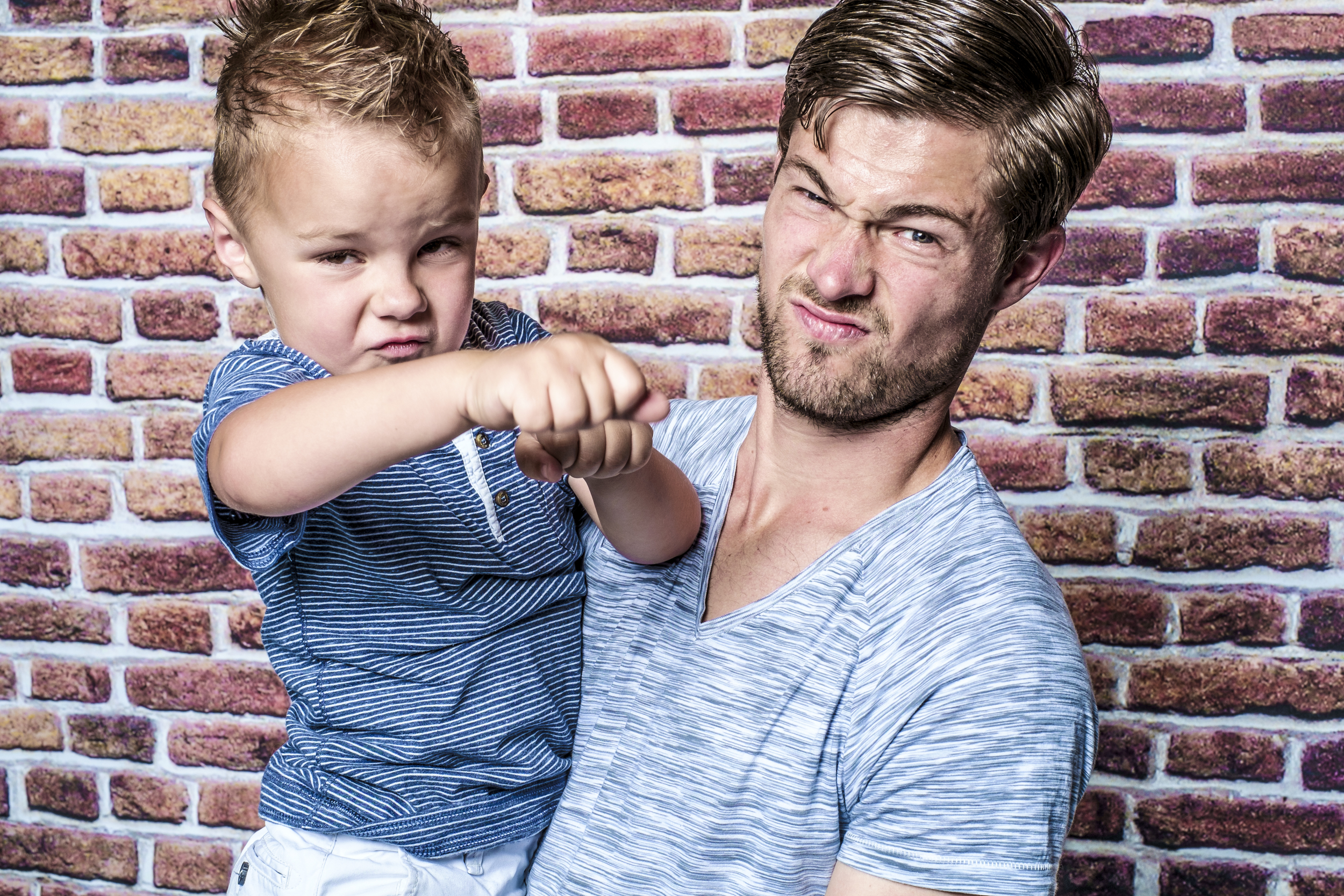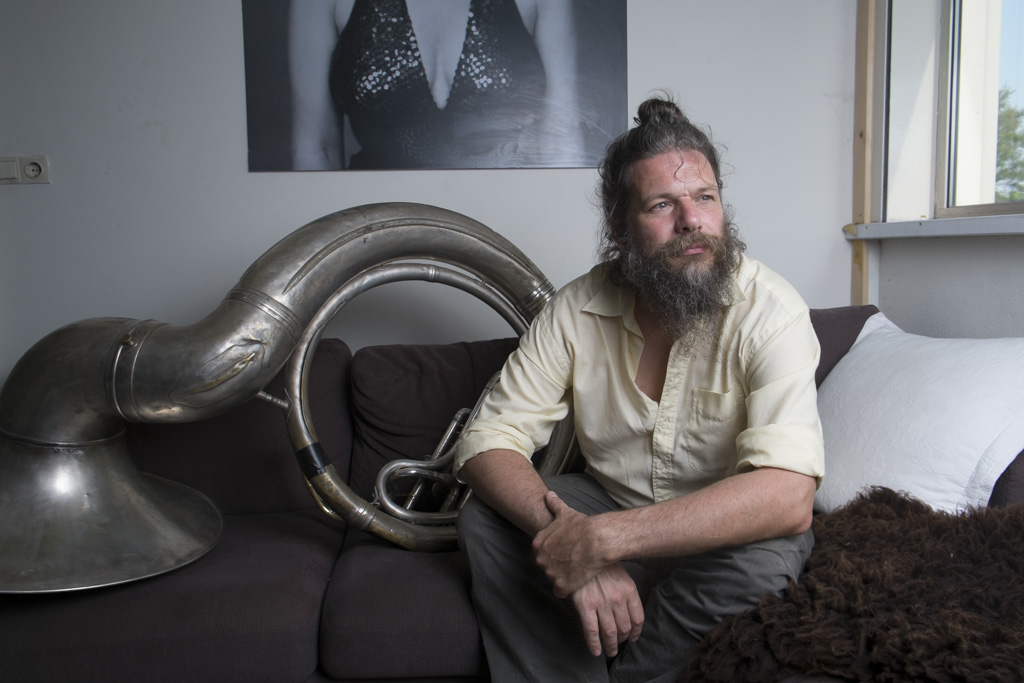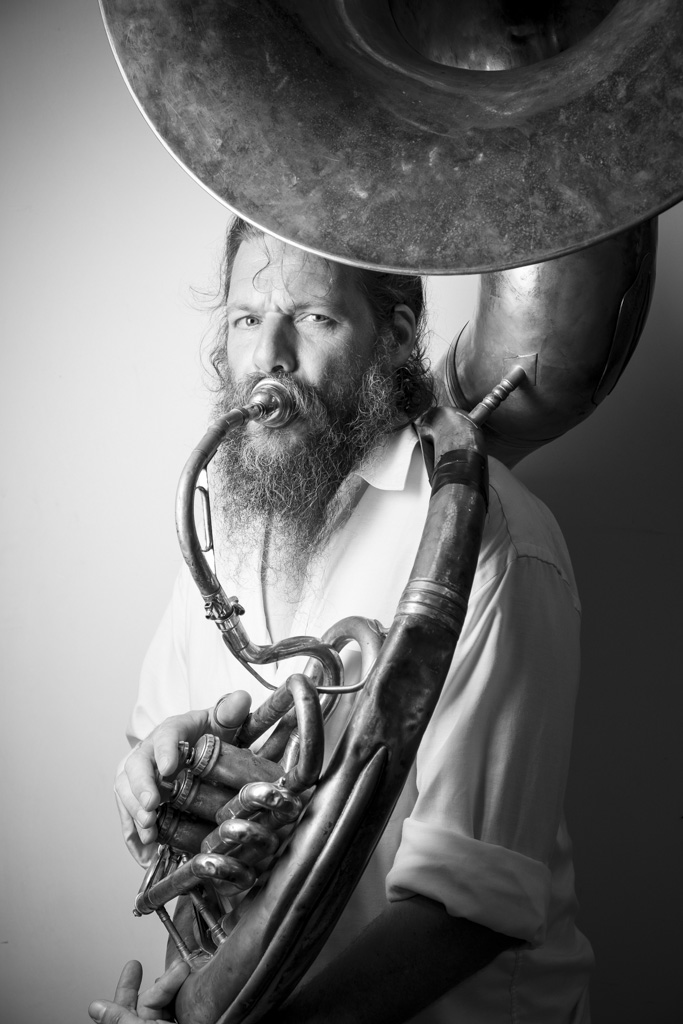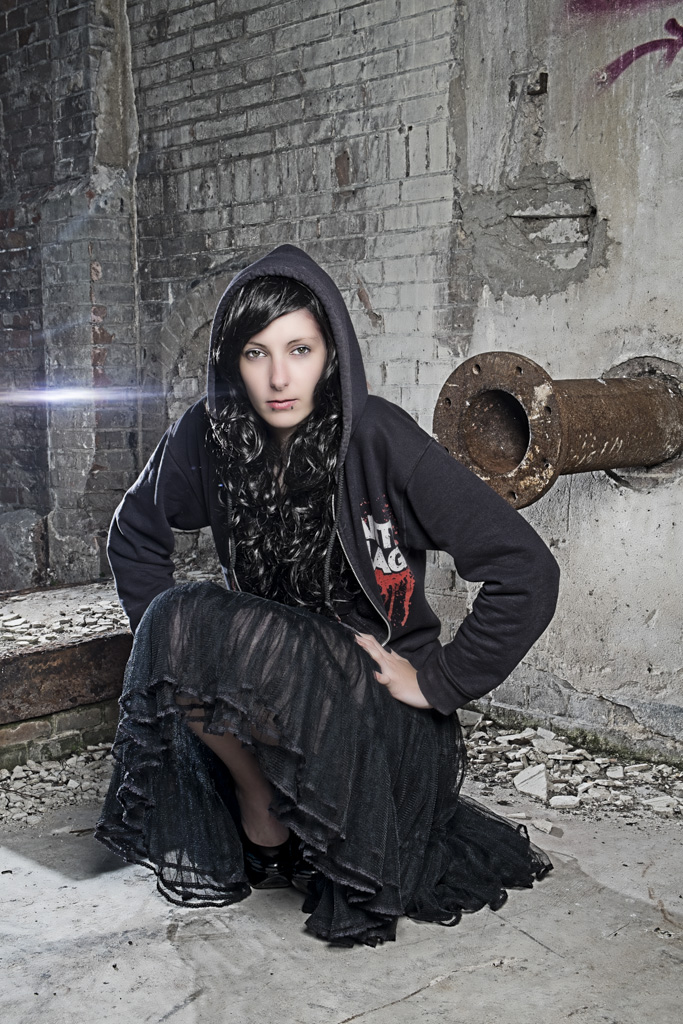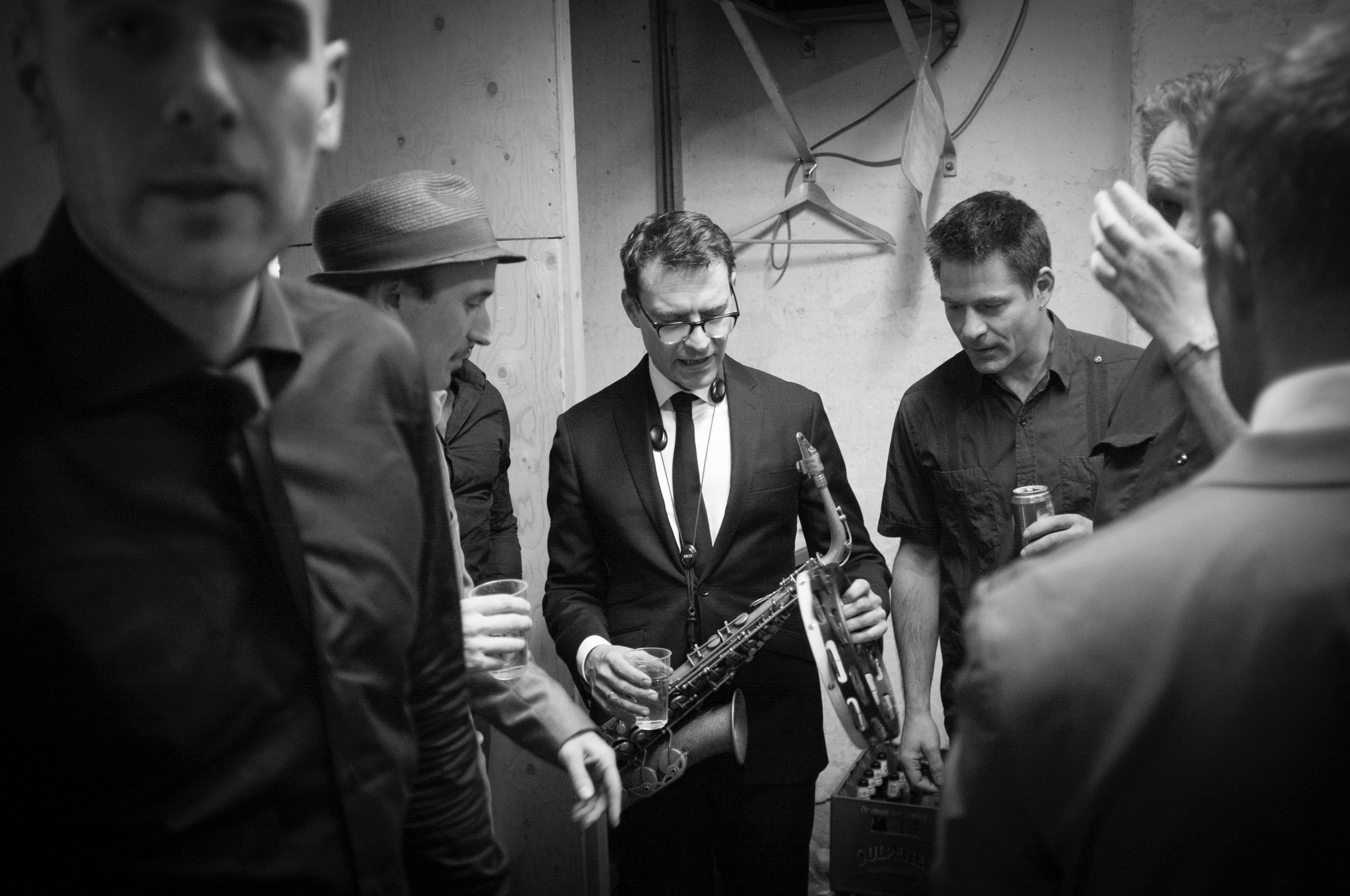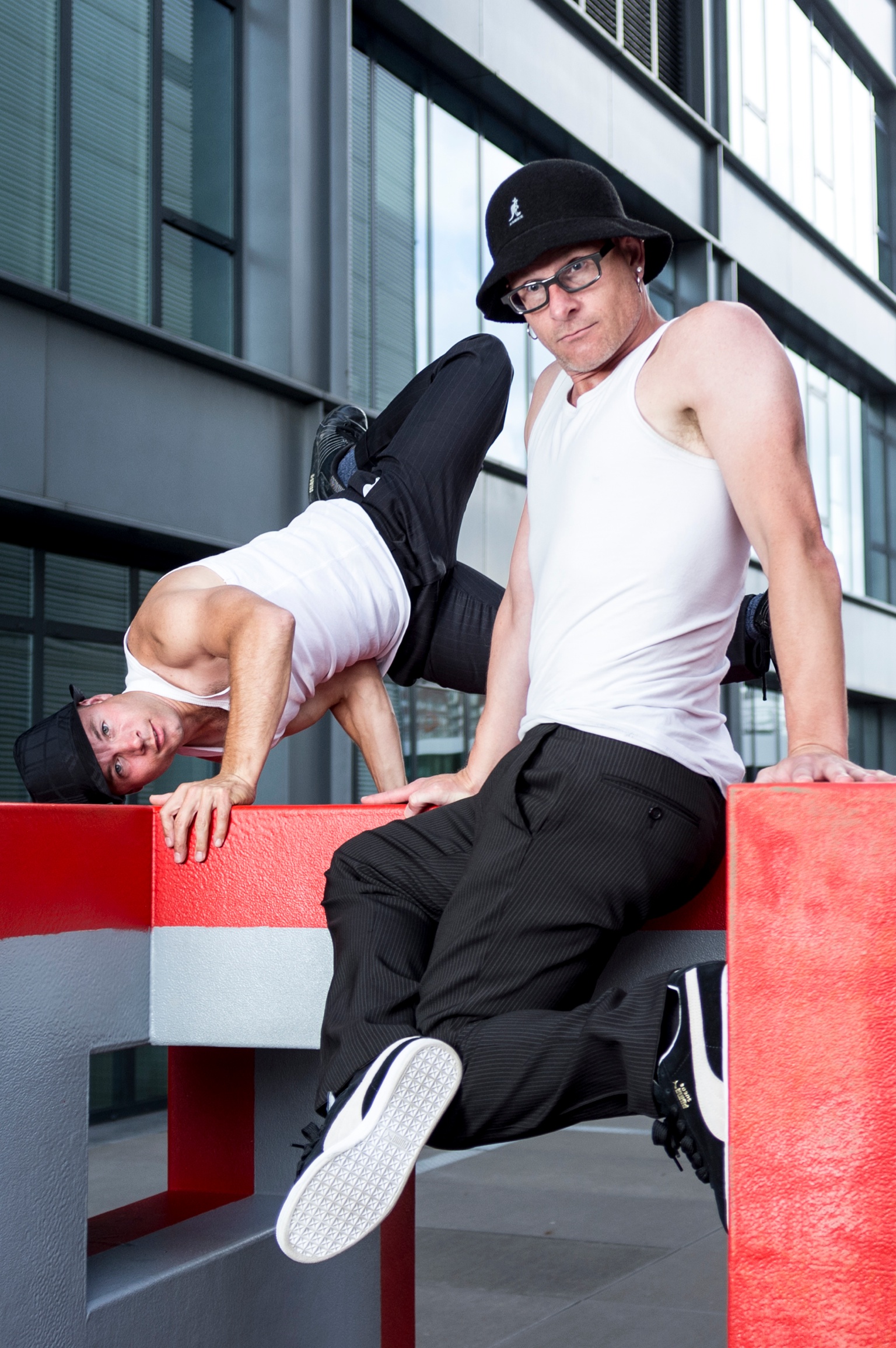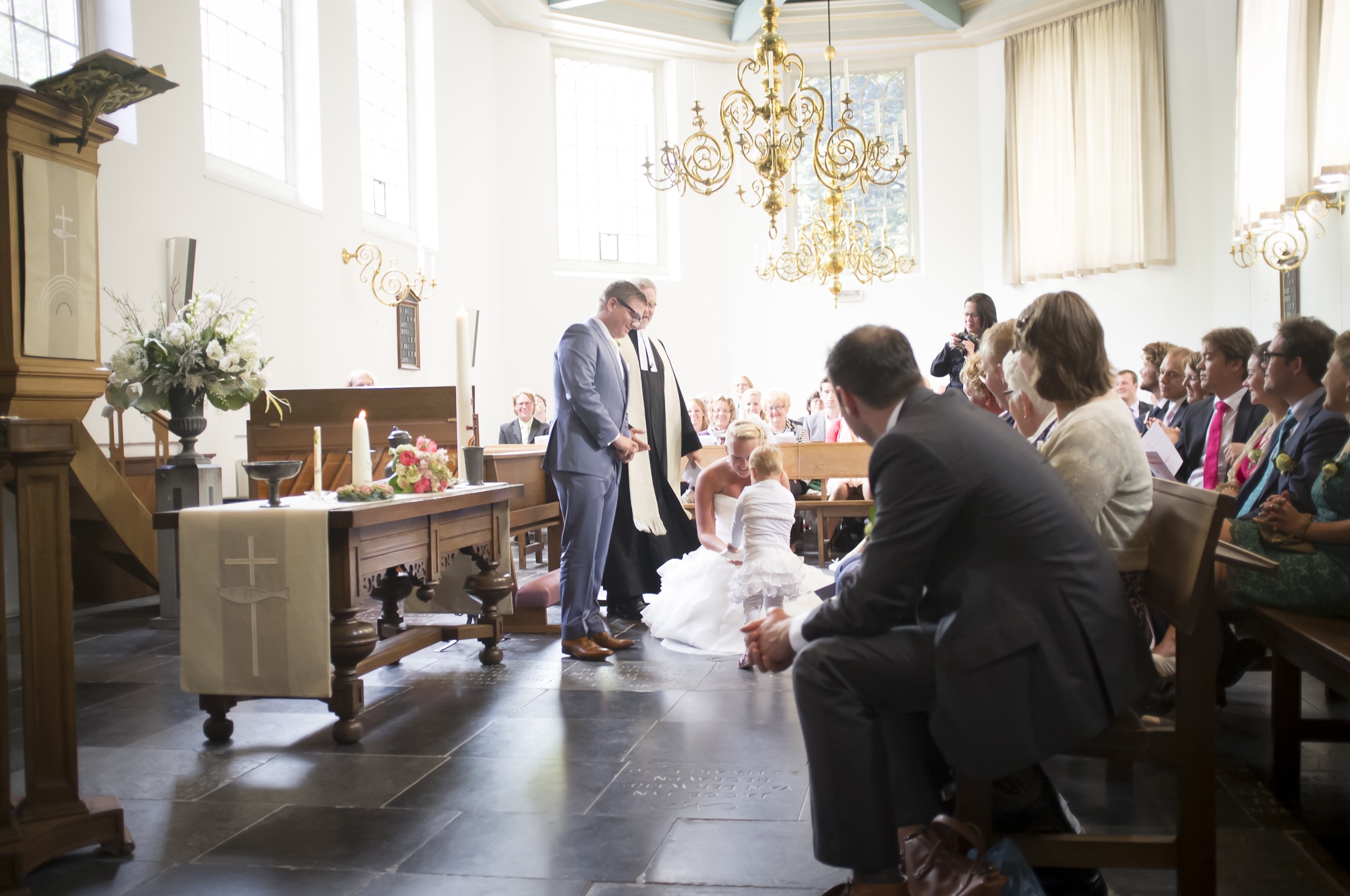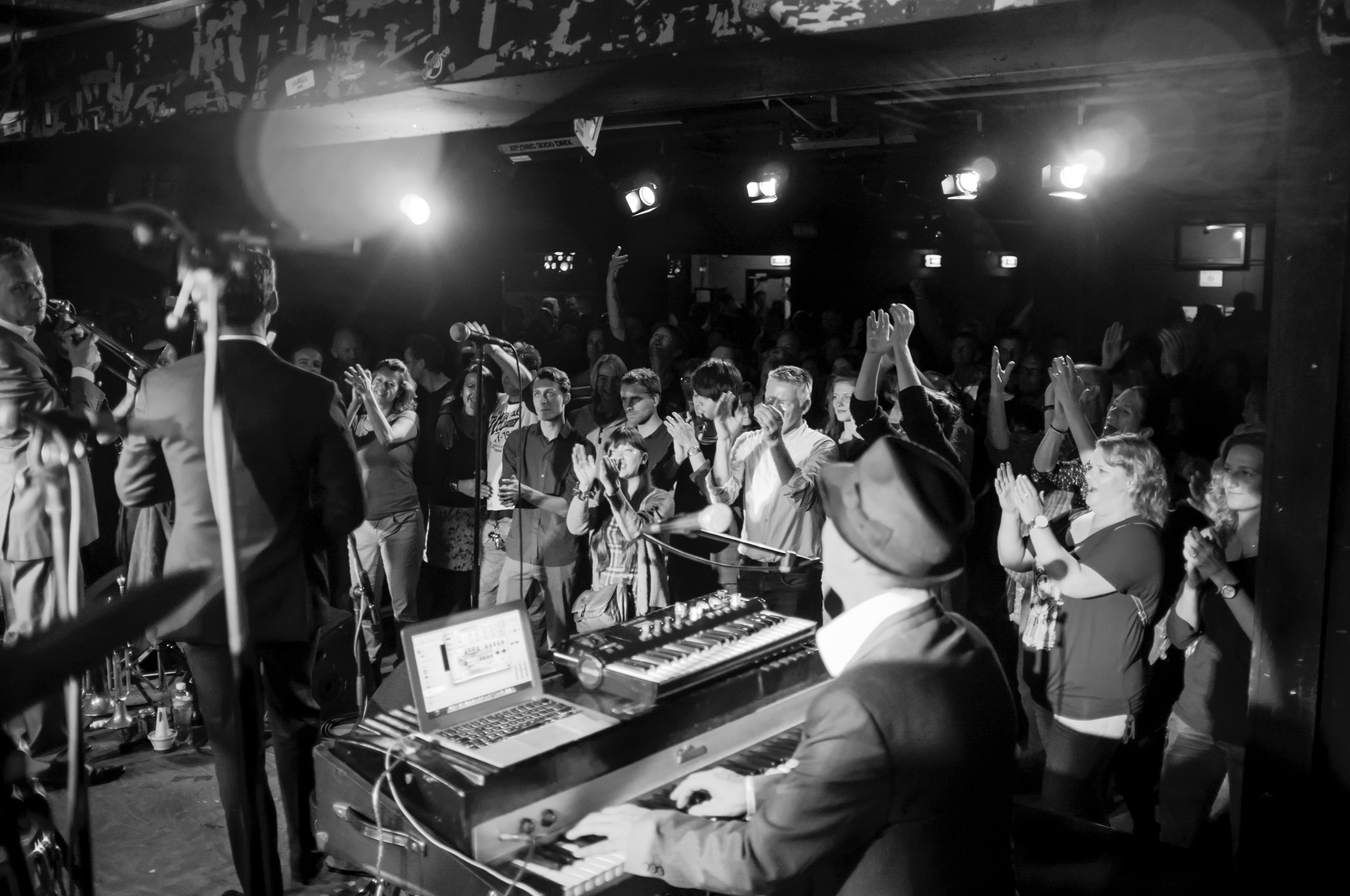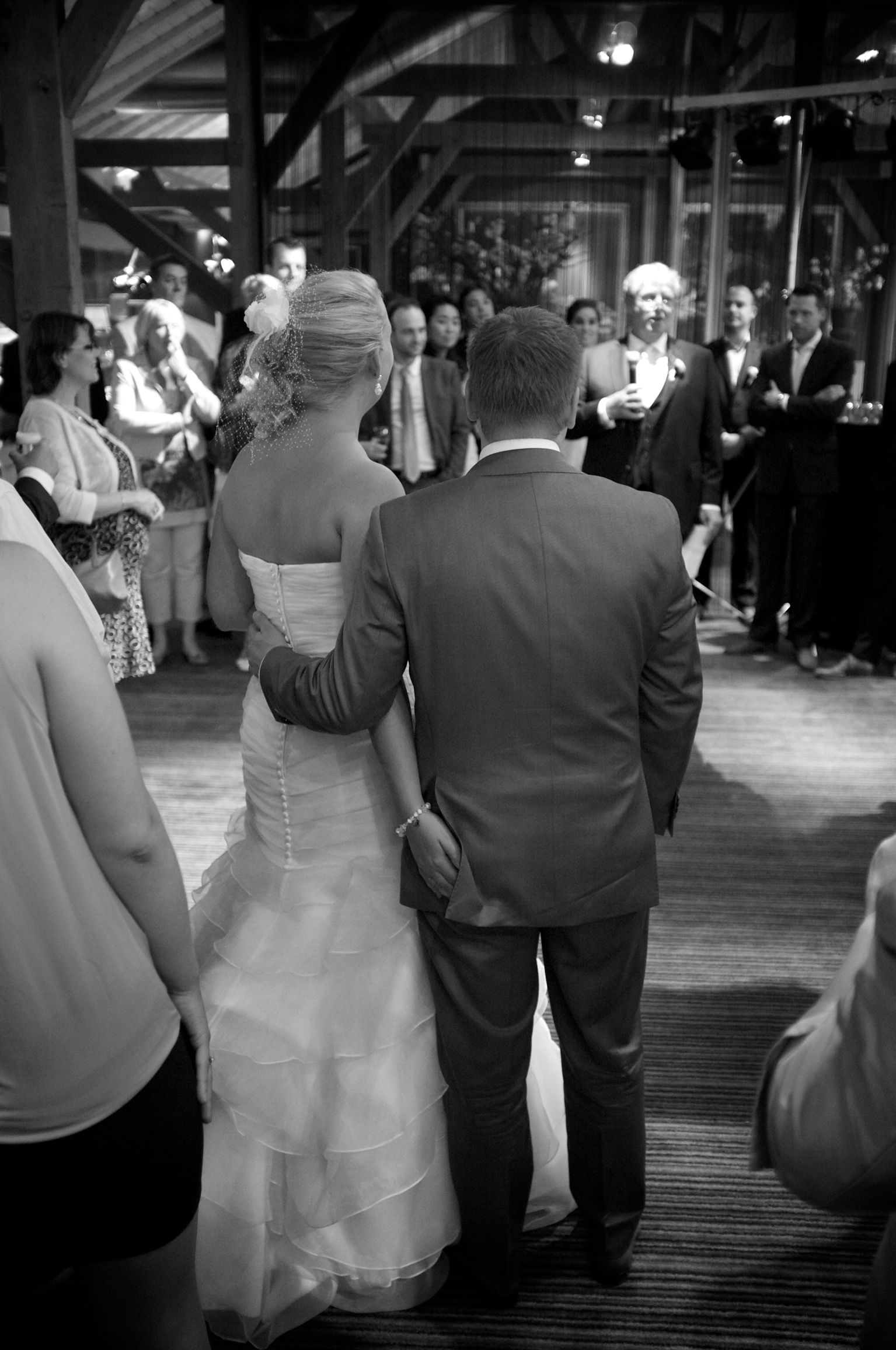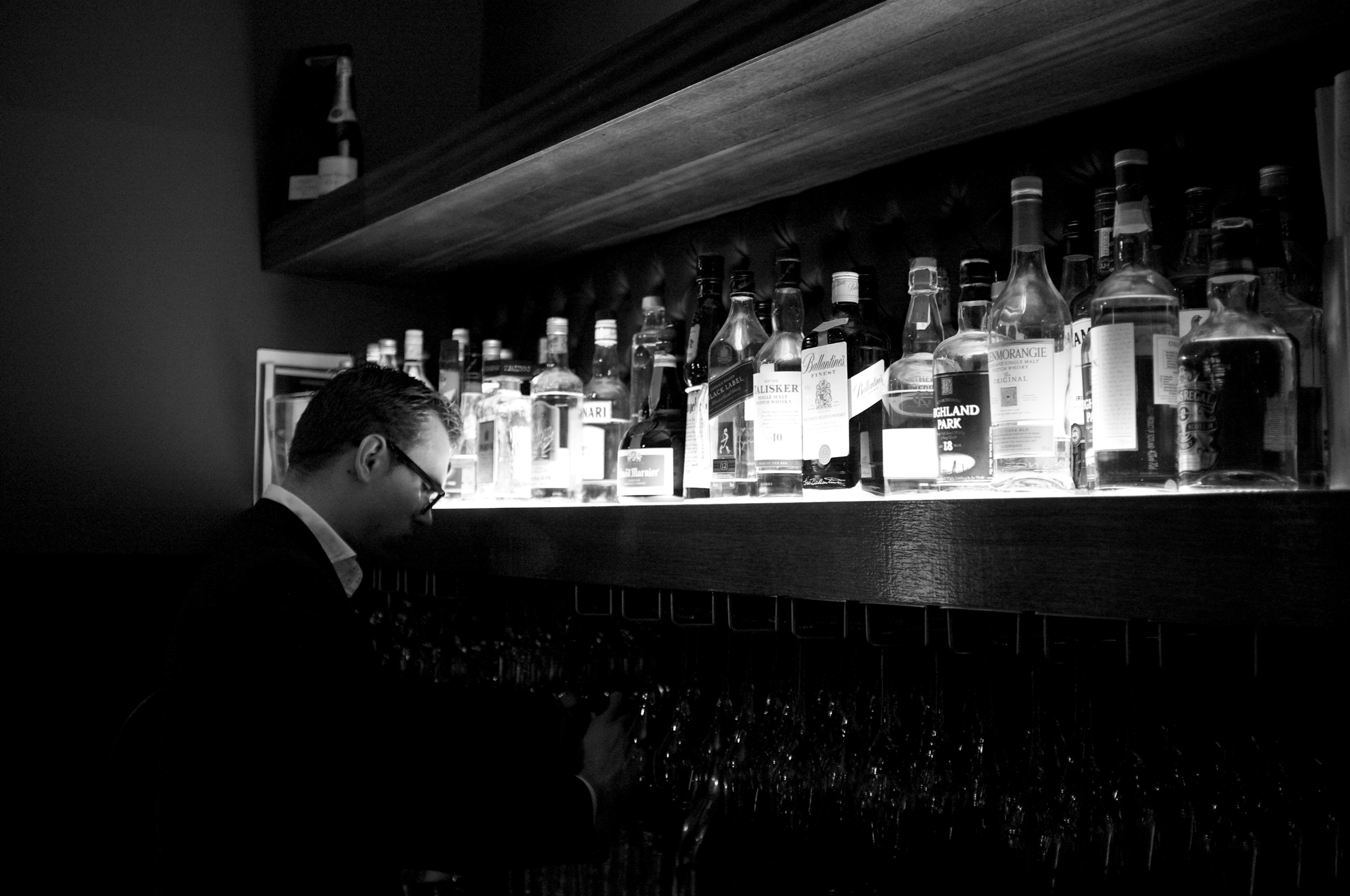Why you don't need the most expensive fast Glass
Hi All,
There is something I wanted to share for a while, so here it is. I hear al lot of people always go, you need the most expensive glass and the fasted apertures, Get the Canon 50mm 1.2L for the smallest depth of field and so on. But there is a catch especially with portrait work. And that is what I am going to talk about.
I have for my Nikon kit one lens I do almost everything with. This is the Sigma 24-105 f4! Yes f-FOUR!!! Not 2.8. So most people say, they are bad for creating a Small Depth of Field. But they always forget there is always focal length and distance to subject in the equation. I made a small table:
Nikon D800/Sigma 24-105 Art @! 105mm 5.6
To make it a fair comparison I calculated everything with a 3 meter (30 feet) distance, with the most common used focal lengths. What you now can see is that with the Sigma 24-105 I can have a smaller Depth of Field at F4 than you can get with the 2.5x more expensive Canon 50mm 1.2L lens at 1.2.
This gives me also some extra advantages. I want to control my light, using strobes at 1.2 apertures is not really easy because a lot of studio strobes don't get that low and to kill the ambient light you have to start using ND filters. Also the compression for portraits at 105mm is beautifull. 50mm lenses are great for environmental portraits. But headshots are not flattering with 50m lenses. For people shooting portraits also take a look at an 85mm 1.8, you can get even smaller DOF with that than the 1.2
But whatever you do, never forget, a small DOF can be beautiful, but hell to focus. When people move maybe an inch it can make or break your shot. So a lot of time you even won't be shooting at maximum aperture, but more at f8 or f11. So you don't even need to buy the most expensive lenses to get great portraits.
Fuji !00 @ f2 with 1/1000
With Cropsensor camera's
The table above is calculated on 35mm/Full Frame camera's. Nowadays there are also a lot of great (mirrorless) crop sensor camera's like the Fuji's. The Fuji 56 1.2 is a killer portrait lens! And for the table, on 1.2 at 56mm you can get a 0,14 DOF! So don't come with the story you can't get a small DOF with a Crop Sensor camera!
With Medium Format
Or take a look at an old Hasselblad like the 500c/m with a 80mm 2.8. These baby's may be analogue, but still rock! I currently use to and love shooting with them and the quality and look is so great! For the table, at 2.8, 80mm you get an 0.38 DOF, so also small. And I can tell you, you will shoot the camera at f8 or f11 almost every time, because getting focus at f5.6 or lower is a challenge!
And with some nice film like Tri-X or Fuji Velvia, Scan them big (you can scan then up to 60mp eqv) and print them.
So I hope this helps you not to feel bad at not having the most expensive fast glass. You can do it with less. And yes the expensive lenses will be sharper and faster and all that. But it is still the photographer who seek the light, creates the composition and takes the pictures!
What's in the camera bag part 1: The Fuji Kit
Hi all, As you might know I currently photograph with a Nikon (D800 and D610) kit, a fuji kit and a Analog kit. In the Up coming weeks I am planning to give you a view in my bags! This week the first Bag is the Think Tank Retrospective 7 with my Fuji camera gear.
Think Tank Retrospective 7 Bag
I must start to say that I love Think Tank bags. I have three off them and use them everyday with out any problems. The way they are layed out is really showing they are not only made for photographers, but also by photographers!
The first thing I like about the bags are that these bags are spacious. I have tried other bags, but the way the Think Tank camera bags are layed out is genius. It is easy for on the go and to get the gear you need fast. Also they are low profile. The retrospective series is also really low profile. The Retrospective series really look like regular "Hey, there is no expensive gear here" messenger bags.
The front flap has also a silent mode. You can flip up the velcro so you can open it up without any sound. Handy during weddings! The only downside is that the flap is lose.
The bags also have a high level of comfort. You can walk around with them for a long time without your shoulder is getting sour.
Now what's in it?
Well it's my Fuji gear bag, so I have all my Fuji gear in it. This is really my everyday with me, reportage/low profile kit.
Fuji Camera:
- Fuji X100: My first Fuji camera, and I love it, especially the leaf shutters which is so silent and great with flash!
- Fuji X-Pro1: This is my workhorse Fuji camera. I really like the whole range finger/Leica style
- Fuji X-E1: This is my back up for the X-pro1 and I use it a lot for the behind the scenes video.
Fuji Lenses:
- Fujinon 35mm 1.4: This is my main lens for the X-pro1. It is a 50mm equiv, and great street en reportage lens
- Fujinon 56mm 1.2: Great lens for portraits!
- Fujinon 18-55mm 2.8-4: This lens I mainly use with the X-E2 for video.
Other:
- YoungNuo YN-560: Great inexpensive flash!
- Cactus V5 Triggers: For remote triggering of the flash
- 2 chargers: For charging the batteries on the road
- Back-up batteries
- Extra SD-Cards
- Business Cards
- Blower: For cleaning the sensor
- iPad Mini (not pictured)
- Back-up charger for my Phone
Well that's what is in it! Next time I will take you through my Think Tank Airport Airstream bag with my Nikon kit!
I Went Fuji
Ok it's official I went Fuji! After years of shooting Canon I have moved over! The reason, the arrogance of the people that represent Canon and I wanted a smaller and lighter kit. I already had the Fuji X100 last year and fell in love with it. Although it can be a pain in the ass camera sometimes, but when it works with you it's a superb camera.
My kit
My Current Fuji kit is:
- X-Pro1
- X-E1
- XF 35mm 1.4
- XF 18-55 2.8-4
- X100
Fuji X100
The X100 was my first Fuji X camera (my first digital compact camera's where also Fuji's like the S5600). I really love this camera. It has a fixed 23mm (35mm eqv.) f2 lens and I really love the small size and focal length. It is ideal for street and reportage photography. Also the leaf shutter gives you a really fast X-sync, and the 3 stops internal ND filter makes it a great camera!
Another downfall are the sticky blades. Luckily Fuji have a great service and after two weeks of missing the camera I got it back completly repaired and checked.
X-Pro1
I have been wanting this camera for a while, After seeing Zack Arias with it, and some work of other photographers I was like I also want that style. I also been doubting a long time of going to Olympus 4/3 camera's. I love the OM-D EM-5. But the X-pro1 is just a little bit more what I wanted. I wanted a small camera with great sensor and just a few buttons. The only ones I need are Shutter time, Aperture, Iso, Shutter release and a on/of switch. Just like the Analog camera's I like to use .
Also I love to play with a smaller Depth of field. Believe me I still would love to work with the Olympus OM-D EM 5, but for may hands the buttons are just a bit to small and wobbly and there is a little bit to much trickery in it. Also the people at Olympus are great, friendly and helpful and I can recommend the Olympus Camera's to anybody, but for my taste the Fuji Camera's where more fulfilling my needs.
The first real shoot with the Fuji X-Pro1 for me was with Daniel Lanois in the Carre theater in Amsterdam. I only had the 35mm lens for it. I loved how it focused. Also the EVF was nice to have. Being in a theater only being able to shoot availeble light it is a blast to have WYSIWYG fews of your photo's.
During a testshoot for a upcoming commercial shoot it had a few times where it wouldn't trigger my flash. This is something I halve to dig in to. During the day It worked fine in the studio. I don't know if it is the trigger or the camera yet, but it was annoying. Also I really hate i that first all the photo's have to by written to the card before you can really preview them. Notice that you get a 1.5 sec preview after you took the shot in de OVF/EVF.
The OVF is also once to have shooting in low light and on the street. It gives you a more few of also the surrounding. Also it gives you more eye contact with the model.
X-E1
The X-E1 I almost got for free! I wanted the XF-18-55 2.8-4 lens. The lens costs €699,- and as a kit with the X-E1 €749, so for €50,- I got the Fuji X-E1 with it. Firstly I bought it as a back up camera, but as it is almost the same as the X-Pro1 I use it as a co camera, mainly not to have switch lenses or use when I maxed at to buffer and have to keep shooting.
The 18-55 2.8-4 lens became my standard lens. As I am used to use the Canon 24-70 2.8, it is a great replacement. Much sharper, cheaper and lighter!
Video
The Fuji X-Pro1 and X-E1 also have video functions, and to be short, the box is checked for video. But actually it sucks, the quality is not that well. So if you want to do also a lot of video get an Olympus or Nikon!
DSLR Killer?
Are the Fuji's DSLR-killers? The be honest not quite yet. I would use the Fuji kit for any kind of job, but I still keep a DSLR on the side. My Canon gear is going out the door, but A Nikon D610 or D800 will come in for video and high-resolution work on which some more post/photoshoping has to be done. Also the teetering functions are nice to have with a client watching over your shoulder and with workshops/training sessions!
Wishlist
On my whilst is the 56 1.2 portrait lens and many trading in the 18-55 for the upcoming 18-135 for allround lens. Further camera-wise:
- Be able to look back pictures while the photo's are being written to the card!!
- Thetering options
- Shooting ISO100 with Raw Files
My second love: The Fuji X100
Het zal voor velen geen geheim zijn dat ik al een tijdje met de Fuji X100 Camera werk. Ik moet zeggen: "Deze camera begint echt mijn tweede liefde te worden". Deze camera is ongeveer aan mijn schouder vast genaaid, ik ga bijna nooit zonder deze camera de deur uit. Waar mijn Canon 5D MkII mijn echte werk camera is, is de Fuji X100 de camera die mee gaat als ik wil fotograferen. Als je nu denkt dat het een fun camera is, Nee, absoluut niet, ik gebruik hem wanneer ik maar even kan, ook bij commerciële opdrachten!
De Specificaties
Ik ben geen specificatiefetishist, voor mij moet een camera gewoon lekker werken. Maar om het verhaal toch compleet te maken alvast bij deze:
- Megapixels: 12.3 - Image sensor: 23.6mmx15.8mm CMOS - Opslag: SD(HC/XC) - Bestandsformaten: JPG, RAW. Film: H.265 (MOV) met stereo geluid - Lens opbouw: 6 groepen met 8 lenzen (1 aspherische lens) - Diafragma: f/2.0 - f/16 - Minimale scherpstel afstand: 80cm - ISO waardes: 100 tot 12800 - FPS: Tot 10 foto's in JPEG en 8 in RAW of RAW-JPG - Hotshoe: ja - LCD monitor: 2.8", TFT kleuren LCD monitor (100% dekking) - Video opname: 1280x720px (24 frames / sec) - HDMI-mini uitgang - Afmetingen: 126.5x74.4x53.9mm - Gewicht: 445 gram (met batterij en geheugenkaart)
Klassieker
De Fuji X100 is niet alleen door zijn look maar ook door zijn werking een klassieker. Vaak als ik met de camera ergens kom is de eerste vraag: "is dat een oude met rolletje?". Als ik uitleg dat het een digitale is wil iedereen gelijk meer weten. Zelfs een keer bij de Nikon Booth op de IBC beurs wilden de Nikon mensen meer weten over de camera!
De Sensor
Ondanks de camera "maar" een 12.3 megapixel sensor in een periode van een megapixelwetloop heeft. zijn het wel 12.3 hele goede megapixels! Het gebruik van het unieke patroon zorgt voor een uniek dynamisch bereik. In volle tegenzon kan je nog steeds details in de schaduwen houden. Zelfs een ⅓ crop (foto hieronder) blijft nog overeind op een grote afdruk (a4 formaat).
De Sluiter
Het volgende hoogstandje van de camera is de sluiter. De Fuji X100 heeft namelijk een centraalsluiter. Dit heeft twee grote voordelen. Aan de ene kant zorgt het voor een hoge X-sync, je kan de Fuji X100 tot een 1/4000e synchroniseren, doe dat maar eens met een DSLR! Zonder het gebruik van energie slurpende High Speed Sync te gebruiken! Je kan dus in de volle zon nog steeds met 1 flitser werken en het daglicht weg duwen.
Het andere grote voordeel van de centraalsluiter is dat hij super stil is. Je hoort hem bijna niet. Wat zorgt dat de camerasluiter niet afleid. Zoals bijvoorbeeld in een volle kerk.
Hoge Iso
Het bijzondere patroon van de Fuji X-Transsensor zorgt ook voor zeer hoge ISO-prestaties. Op hoge iso' rond de 3200/4000 werkt hij beter dan de Canon 5D MkII!
Kleur vs Zwart/Wit
Ondanks de kleuren van deze camera prachtig zijn. Vooral de Velvia en Astia, werk ik het liefst in het Zwart/Wit met deze camera. Vraag me niet waarom. Op de één of andere manier vraagt deze camera er gewoon om!
Tevens ben ik blij als Adobe komt met de update voor Lightroom waarbij de kleuren nog beter ondersteund worden in RAW modus. Hierna hoop ik ook meer de kleuren functies te gaan gebruiken.
Compact contact
De compactheid en de OVF zorgt ook voor meer contact met je onderwerp. Als je met de Fuji X100 iemand portretteert heb je niet een enorm gevaarte voor je gezicht. Door de OVF blijf je ook echt oogcontact houden. Dit maakt het portreteeren veel intiemer.
Aanrader?
Deze camera is één van de beste camera's die ik ooit gekocht heb. Ik zou iedere opdracht aandurven met alleen deze camera. Tevens heeft Fuji een voorzetlens aangekondigd waarmee de de 23 je een 50mm (35equiv) kan creëren. Wat de camera nog veelzijdiger maakt! Kortom als je deze camera nog niet hebt, koop hem als het even kan!
Dansers, en 5D mkII vs Fuji X100
Zondag ben ik met 4 dansers van Djenz Factor naar Amsterdam geweest voor een locatie shoot. Omdat we redelijk mobiel wilde blijven had ik mijn gear redelijk beperkt tot een Eastpak Snapper rugzak met daarin:
- Canon 5DmkII (nog steeds mijn werk paard)
- Fuji X100 (mijn nieuwe liefde)
- Canon 24-70L 2.8
- Canon 430 EX II
- Setje gels
- Honl Grid
- Cactus V5 tranceivers
Verder nog mijn 5-in-1 reflector en een statief tas met een statief en de Wescott 28" Apollo softbox. Deze softbox is nu de basis voor mobiel portretfotografie.
Java-eiland
Het leuke van het de omgeving van het Java-eiland vind ik dat het diverse plekken bevat waar je kan fotograferen. Op een paar meter afstand gaan de gebouwen van oud naar modern. Tevens is het er vaak erg rustig. Je kan er dus erg op je gemak werken.
Werken met dansers
Tijdens fotografie sessies vind ik het belangrijk om een goede leuke sfeer te houden. Er moet ook gelachen kunnen worden en soms wat foto's puur voor de lol. Daarnaast is het met dansers extra op te letten dat de dansers goed opgewarmd zijn ook niet over vermoeid raken. Dan maar even een pauze of iets anders dan een blessure.
Voor de gene die nu denkt van als je de belichting goed instelt is het toch zo klaar? Nou, met dansers komt er een extra factor bij. Als je hem afdrukt en alles klopt, belichting, feeling sfeer, etc. Maar bijvoorbeeld de voet staat dans technische niet 100% goed moet de foto toch opnieuw.
Canon 5D mkII vs Fuji X100
Video
Camera: Tim Kockx, Montage: F. Knijn





